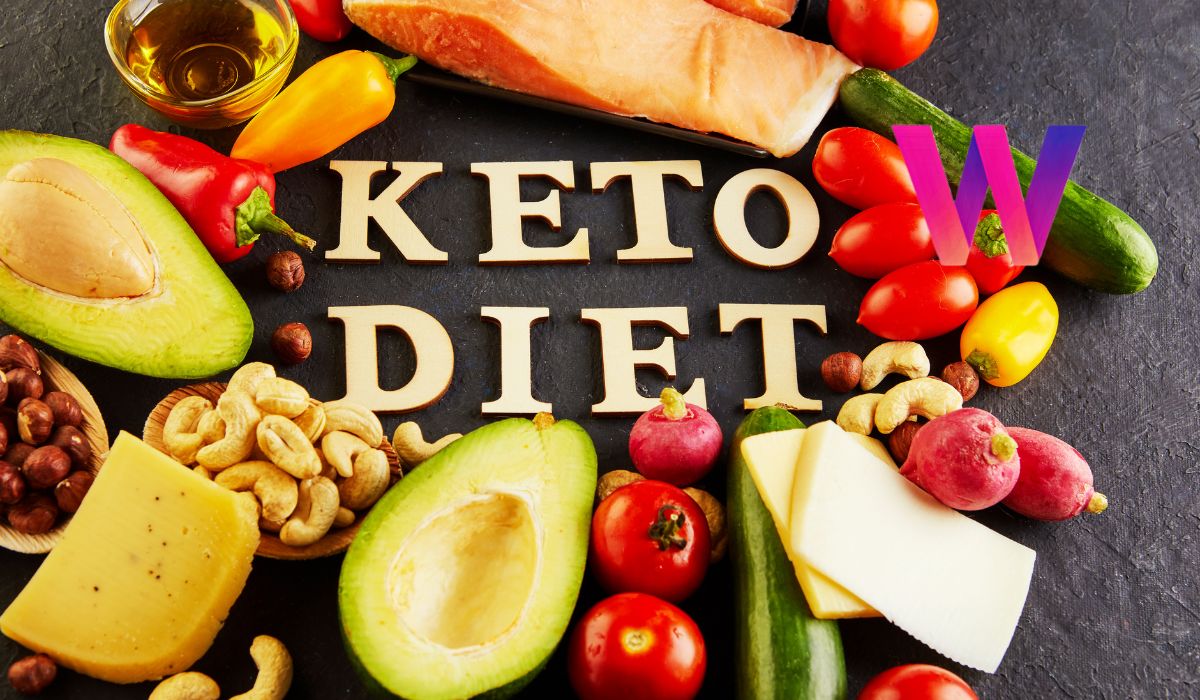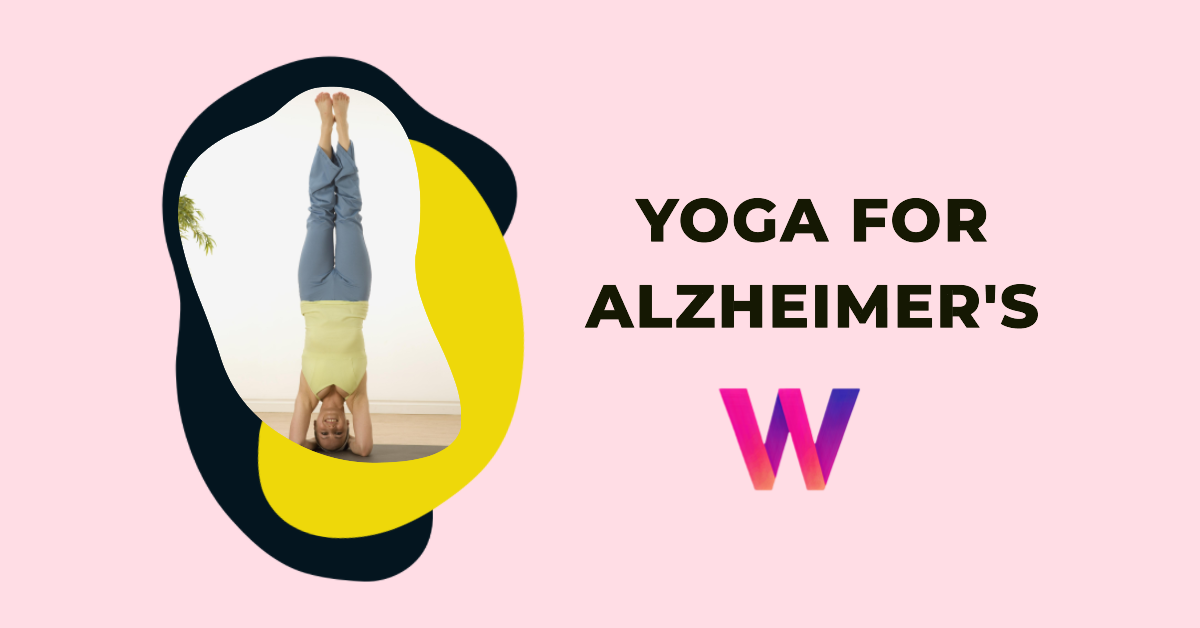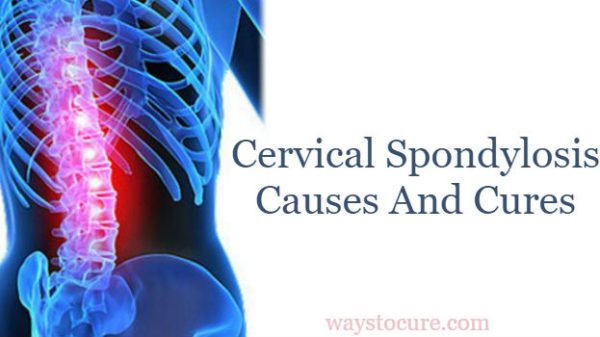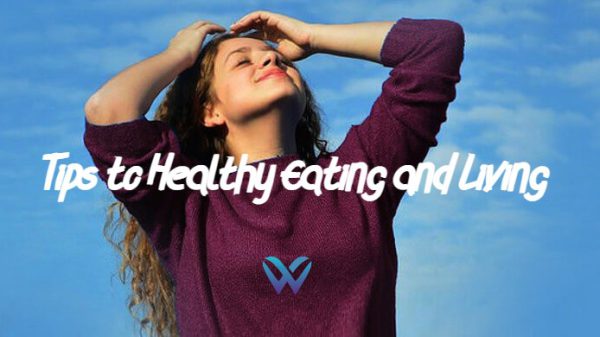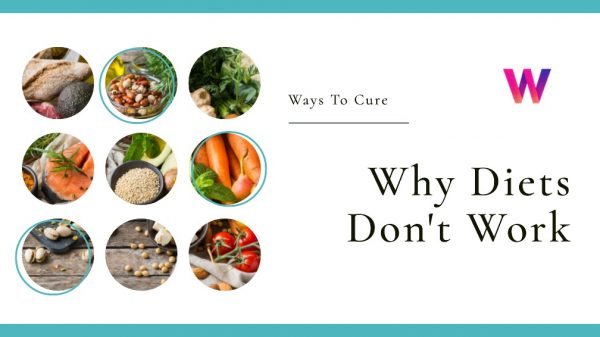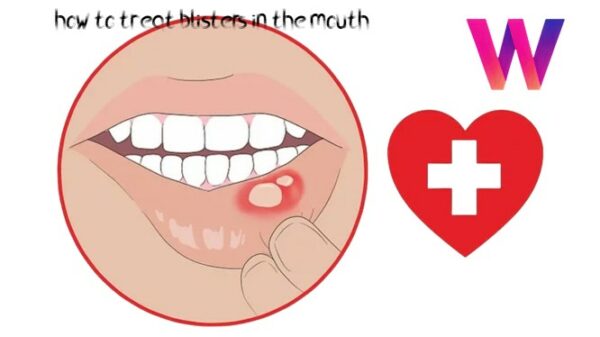The keto diet is a popular low carb, high fat diet that can help you lose weight and improve your health. But what exactly is keto and how does it work? In this article, we will explain the basics of keto, the benefits and risks, the foods to eat and avoid, and a sample meal plan.
Table of Contents
What is keto Diet?
Keto is short for ketogenic, which refers to a metabolic state where your body burns fat for energy instead of carbohydrates. Normally, your body uses glucose (sugar) from carbs as its main source of fuel. However, when you drastically reduce your carb intake, your body switches to using fat and ketones (small molecules produced by the liver from fat) as alternative fuels. This is called ketosis.
Ketosis has many potential benefits, such as:
- Suppressing your appetite and making you feel full longer
- Enhancing your fat burning and weight loss
- Improving your blood sugar and insulin levels
- Protecting your brain and nervous system
- Reducing inflammation and oxidative stress
To achieve ketosis, you need to limit your carbs to about 20 to 50 grams per day, depending on your individual needs and goals. You also need to increase your fat intake to about 70% of your calories, while keeping your protein intake moderate (about 20% of your calories). This is the standard ketogenic diet (SKD), which is the most common and well-studied version of keto.
There are other variations of keto, such as:
- Cyclical ketogenic diet (CKD): This involves alternating between low carb and high carb days, usually 5 days of keto followed by 2 days of carbs.
- Targeted ketogenic diet (TKD): This allows you to add carbs around your workouts, usually before or after exercise.
- High protein ketogenic diet (HPKD): This is similar to SKD, but with more protein (about 35% of your calories) and less fat (about 60% of your calories).
These variations are mainly used by athletes or bodybuilders who want to optimize their performance or muscle growth. However, they are not recommended for beginners or people with medical conditions. For most people, SKD is the best option for keto.
What are the benefits of keto diet?
Keto has been shown to have many health benefits in various studies. Some of the most notable ones are:
- Weight loss: Keto can help you lose weight faster and more effectively than other diets, especially if you are overweight or obese. Keto can also help you preserve your muscle mass and metabolism while losing fat.
- Diabetes: Keto can lower your blood sugar and insulin levels, which can improve your diabetes control and prevent complications . Keto can also reduce your need for medication or insulin injections .
- Epilepsy: Keto was originally developed as a treatment for epilepsy, a neurological disorder that causes seizures. Keto can reduce the frequency and severity of seizures in children and adults with epilepsy . Keto can also be effective for other types of seizures, such as those caused by brain tumors or genetic disorders .
- Alzheimer’s disease: Keto can protect your brain from cognitive decline and dementia caused by Alzheimer’s disease, a degenerative brain disorder that affects memory and thinking skills . Keto can also improve your mental clarity and focus .
- Cancer: Keto can slow down the growth and spread of cancer cells, especially in cancers that depend on glucose for energy . Keto can also enhance the effectiveness of chemotherapy and radiation therapy .
- Other conditions: Keto may also have benefits for other conditions, such as:
- Polycystic ovary syndrome (PCOS): Keto can improve hormonal balance and fertility in women with PCOS, a common endocrine disorder that causes irregular periods, acne, hair loss, and infertility .
- Acne: Keto can reduce inflammation and insulin levels, which can improve skin health and reduce acne breakouts .
- Migraine: Keto can reduce the frequency and severity of migraine attacks, which are intense headaches that cause nausea, vomiting, sensitivity to light and sound .
What are the risks of keto diet?
Keto is generally safe and well-tolerated by most people. However, there are some potential side effects and complications that you should be aware of before starting keto. Some of the most common ones are:
- Keto flu: This is a temporary condition that occurs when your body adapts to ketosis. It can cause symptoms such as headache, fatigue, nausea, dizziness, constipation, and irritability. It usually lasts for a few days to a week and can be relieved by drinking plenty of water, adding salt and electrolytes to your diet, and eating more fat and less protein .
- Keto breath: This is a result of the increased production of acetone, a type of ketone that has a fruity smell. It can make your breath smell unpleasant or metallic. It usually goes away after a few weeks and can be masked by brushing your teeth, chewing gum, or using mouthwash .
- Keto rash: This is a rare condition that causes an itchy red rash on the skin, usually on the chest, back, neck, or face. It may be triggered by ketones, sweat, or allergens. It usually resolves on its own or with topical creams, antihistamines, or antibiotics .
- Nutrient deficiencies: Keto can restrict your intake of some vitamins, minerals, and antioxidants that are found in fruits, vegetables, grains, and legumes. This can increase your risk of developing deficiencies in nutrients such as vitamin C, magnesium, potassium, calcium, iron, zinc, and fiber. To prevent this, you should eat a variety of low carb foods that are rich in these nutrients, such as leafy greens, nuts, seeds, dairy products, eggs, meat, fish, and organ meats. You may also need to take supplements to meet your daily requirements .
- Kidney stones: Keto can increase the excretion of calcium and uric acid in your urine, which can form crystals that cause kidney stones. This can cause pain in your lower back or abdomen, blood in your urine, or difficulty urinating. To prevent this, you should drink plenty of water, limit your intake of animal protein and oxalate-rich foods (such as spinach, rhubarb, beetroot), and supplement with potassium citrate .
- Liver problems: Keto can increase the workload of your liver, which is responsible for producing ketones and processing fat. This can cause inflammation or damage to your liver cells, especially if you have a pre-existing liver condition or drink alcohol excessively. To prevent this, you should limit your alcohol intake, avoid overeating fat or protein, and monitor your liver function tests regularly .
Some people may also experience more serious complications from keto, such as:
- Diabetic ketoacidosis (DKA): This is a life-threatening condition that occurs when your blood becomes too acidic due to the accumulation of ketones. It can cause symptoms such as nausea, vomiting, abdominal pain, confusion, difficulty breathing, and coma. It usually affects people with type 1 diabetes or type 2 diabetes who are not taking their medication properly. To prevent this, you should monitor your blood sugar and ketone levels regularly, take your medication as prescribed, and seek medical attention if you experience any signs of DKA .
- Hypoglycemia: This is a condition where your blood sugar drops too low, which can cause symptoms such as shakiness, sweating, hunger, drowsiness, weakness, and fainting. It can be dangerous if not treated quickly. It usually affects people with diabetes who are taking insulin or other medications that lower blood sugar. To prevent this, you should check your blood sugar frequently, adjust your medication dose according to your doctor’s advice, and always carry a source of fast-acting carbs (such as glucose tablets or juice) in case of emergency .
- Heart problems: Keto can affect your heart health in both positive and negative ways. On one hand, keto can lower your blood pressure, cholesterol, and triglycerides, which can reduce your risk of heart disease and stroke . On the other hand, keto can also increase your levels of LDL (bad) cholesterol and homocysteine, which can increase your risk of heart disease and stroke . Keto can also cause arrhythmias (irregular heartbeats), which can be dangerous if you have a pre-existing heart condition or are prone to cardiac arrest . To prevent this, you should consult your doctor before starting keto, especially if you have a history of heart problems or are taking any medications that affect your heart. You should also monitor your lipid profile and electrocardiogram (ECG) regularly and follow a balanced keto diet that includes healthy fats (such as olive oil, avocado, nuts, seeds, fish) and avoids unhealthy fats (such as trans fats, processed meats, fried foods) .
What foods can you eat on keto diet?
The keto diet is based on eating foods that are low in carbs and high in fat. The exact amount of carbs you can eat depends on your individual needs and goals, but generally speaking, you should aim for about 20 to 50 grams of net carbs per day. Net carbs are the total carbs minus the fiber and sugar alcohols. To calculate the net carbs of a food item, you can use a nutrition label or an online database (such as [Bing Food Search]).
Some examples of foods that you can eat on keto are:
- Meat: Beef, pork, lamb, chicken, turkey, duck, etc.
- Seafood: Fish (such as salmon, tuna, trout, sardines), shellfish (such as shrimp, crab, lobster), etc.
- Eggs: Whole eggs or egg whites.
- Dairy: Cheese (such as cheddar, mozzarella, parmesan), butter, cream cheese, sour cream, heavy cream, yogurt (unsweetened or Greek), etc.
- Nuts and seeds: Almonds, walnuts, pecans, pistachios, macadamia nuts, sunflower seeds, pumpkin seeds, chia seeds, flax seeds, etc.
- Oils and fats: Olive oil, coconut oil, avocado oil, MCT oil, ghee, lard, tallow, etc.
- Vegetables: Leafy greens (such as spinach, kale, lettuce), cruciferous vegetables (such as broccoli, cauliflower, cabbage), mushrooms, zucchini, cucumber, celery, asparagus, eggplant, peppers, tomatoes, etc.
- Fruits: Berries (such as strawberries, blueberries, raspberries), avocado, lemon, lime, olives, etc.
- Herbs and spices: Basil, oregano, parsley, cilantro, rosemary, thyme, sage, mint, garlic, onion, ginger, turmeric, cumin, paprika, chili powder, salt, pepper, etc.
- Condiments and sauces: Mayonnaise (sugar-free), mustard (sugar-free), ketchup (sugar-free), salsa (sugar-free), hot sauce (sugar-free), soy sauce (low sodium), vinegar (apple cider or balsamic), lemon juice, lime juice, etc.
- Drinks: Water (plain or sparkling), coffee (black or with cream), tea (black or herbal), bone broth (homemade or store-bought), unsweetened almond milk or coconut milk.
Some examples of foods that you should avoid on keto are:
- Grains: Wheat (bread, pasta, cereals), rice (white or brown), oats (oatmeal or granola), corn (tortillas or popcorn), barley (beer or malt), quinoa (flour or flakes), etc.
- Legumes: Beans (black beans or kidney beans), lentils (red or green), peas (green peas or split peas), chickpeas (hummus or falafel), soybeans (tofu or tempeh).
- Starchy vegetables: Potatoes (white or sweet), carrots (raw or cooked), beets (raw or cooked), parsnips (raw or cooked), turnips (raw or cooked), rutabaga (raw or cooked).
- Sugary fruits: Bananas (fresh or dried), apples (fresh or dried), oranges (fresh or juiced), grapes (fresh or dried), pineapple (fresh or canned), mangoes (fresh or dried), dates (fresh or dried).
- Sugar and sweeteners: Table sugar (white or brown), honey (raw or processed), maple syrup (pure or flavored), agave nectar (light or dark), molasses, corn syrup, fructose, glucose, dextrose, maltose, sucrose, etc.
- Artificial sweeteners: Aspartame (Equal or NutraSweet), sucralose (Splenda), saccharin (Sweet’N Low), acesulfame potassium (Ace K or Sunett), stevia (Truvia or Pure Via), erythritol (Swerve or Zsweet), xylitol, sorbitol, mannitol, etc.
- Processed foods: Chips, crackers, cookies, cakes, pies, pastries, candy, chocolate, ice cream, pudding, jelly, jam, marmalade, etc.
- Alcohol: Beer, wine, liquor, cocktails, etc.
What is a sample keto meal plan?
To give you an idea of what a keto meal plan looks like, here is a sample menu for one day. You can adjust the portions and ingredients according to your preferences and needs.
- Breakfast: Scrambled eggs with cheese and bacon. Coffee with cream.
- Snack: Almonds and strawberries.
- Lunch: Chicken salad with lettuce, avocado, olives, and ranch dressing. Water with lemon.
- Snack: Celery sticks with cream cheese and peanut butter.
- Dinner: Steak with butter and mushrooms. Roasted broccoli and cauliflower. Unsweetened tea with mint.
- Dessert: Keto cheesecake with whipped cream and raspberries.
How to start keto?
If you are interested in trying keto, here are some tips to help you get started:
- Consult your doctor: Before starting any diet, you should consult your doctor to make sure it is safe and suitable for you. This is especially important if you have any medical conditions or are taking any medications that may affect your keto diet. Your doctor can also monitor your progress and adjust your treatment plan accordingly.
- Do your research: Learn as much as you can about keto before starting it. Read books, articles, blogs, podcasts, videos, etc. that explain the science and practice of keto. You can also join online communities and forums where you can ask questions and get support from other keto dieters.
- Plan ahead: Prepare your keto meals and snacks in advance to avoid temptation and confusion. Make a shopping list of keto-friendly foods and ingredients that you need. Stock up your pantry and fridge with keto staples such as oils, nuts, seeds, cheese, eggs, meat, fish, etc. You can also use online tools or apps to plan your keto menu and track your macros (carbs, fat, protein, and calories).
- Start gradually: Don’t try to go keto overnight. Instead, gradually reduce your carb intake over a few days or weeks until you reach your desired level. This will help you avoid the keto flu and other side effects. You can also use keto strips or meters to test your ketone levels and see if you are in ketosis.
- Stay hydrated: Drink plenty of water and fluids to prevent dehydration and electrolyte imbalance. You can also add salt and electrolyte supplements to your diet to replenish your sodium, potassium, magnesium, and calcium levels. You can also drink bone broth, which is rich in minerals and collagen.
- Eat enough fat: Fat is your main source of energy on keto, so don’t be afraid to eat enough of it. Fat will keep you satisfied and prevent cravings. You can also use MCT oil or coconut oil, which are easily converted into ketones and can boost your energy and metabolism.
- Eat enough protein: Protein is essential for maintaining your muscle mass and metabolism on keto. However, don’t eat too much protein, as it can interfere with ketosis. Aim for about 0.8 to 1.2 grams of protein per kilogram of body weight per day.
- Eat enough fiber: Fiber is important for your digestive health and regularity on keto. However, most fiber-rich foods are also high in carbs, so you need to choose wisely. Eat low carb vegetables, nuts, seeds, and berries that are high in fiber. You can also use psyllium husk, flax seeds, or chia seeds as fiber supplements.
- Enjoy your food: Keto doesn’t have to be boring or restrictive. You can still enjoy delicious and satisfying meals and snacks on keto. You can also use keto-friendly alternatives for your favorite foods, such as cauliflower rice, zucchini noodles, almond flour bread, coconut flour pancakes, etc. You can also use keto-friendly sweeteners such as stevia or erythritol to satisfy your sweet tooth.
Conclusion
The keto diet is a low carb, high fat diet that can help you lose weight and improve your health. However, it is not a one-size-fits-all solution and it may not be suitable for everyone. You should consult your doctor before starting keto and follow a balanced and personalized keto plan that meets your needs and goals.


